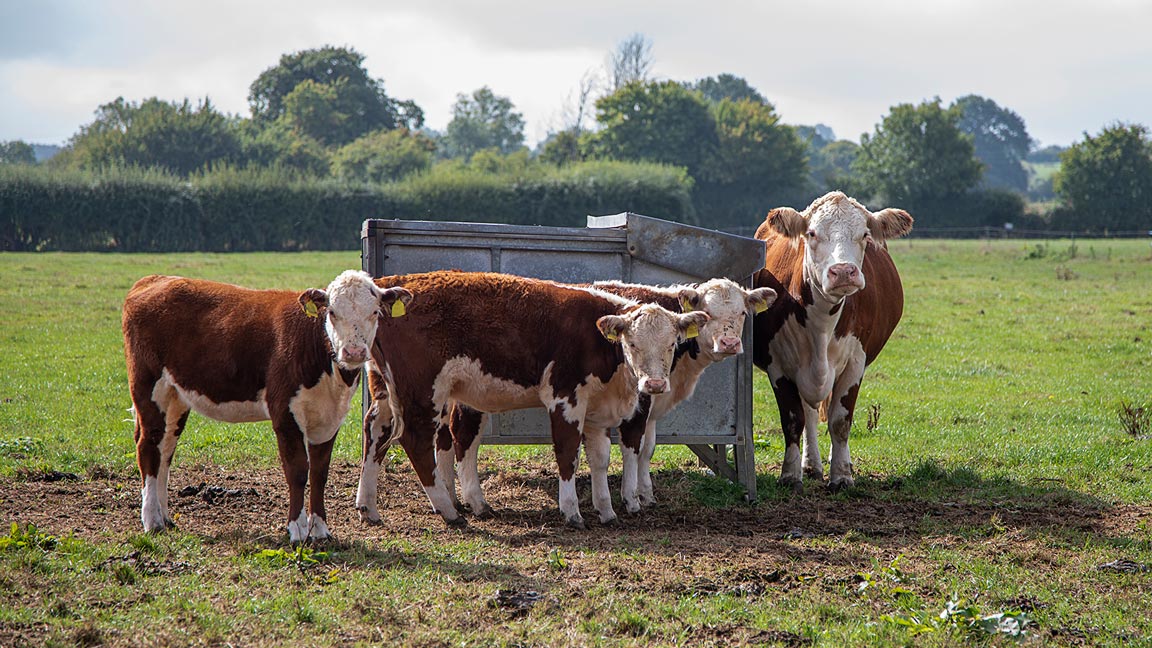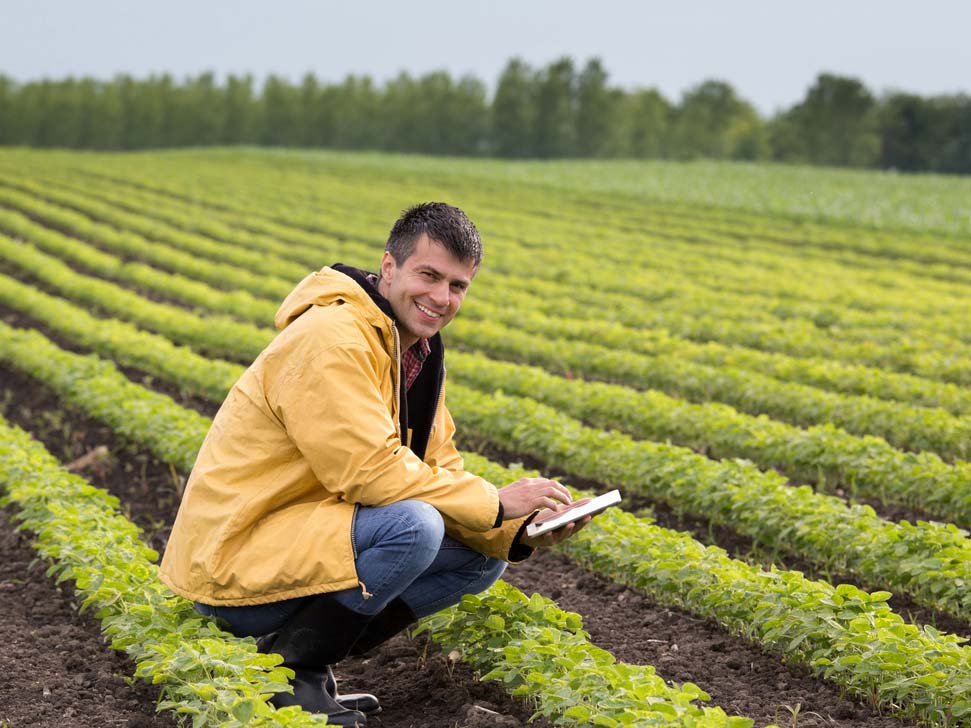The year in farming and growing
The year in farming and growing
The year in farming and growing
A great number of tasks in farming and growing have to be done each year, leading to a real seasonal variation in the workloads across different farms.
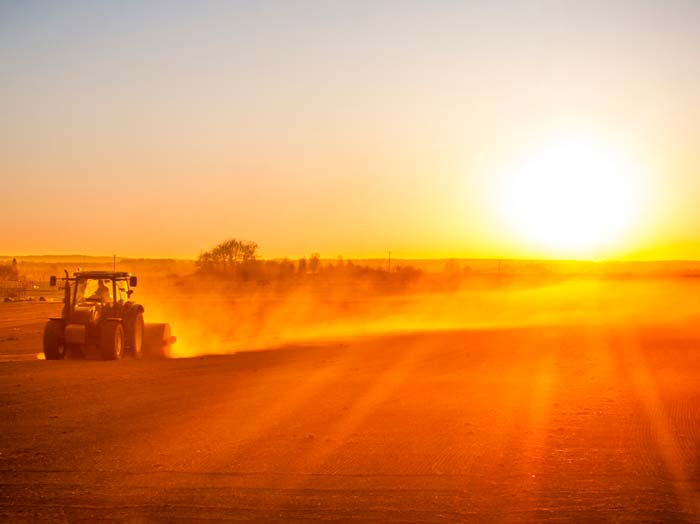
On this page, we look at some of the most critical times of the year for farmers and growers across the sectors, and detail the key tasks they face.
Six of the key seasonal tasks
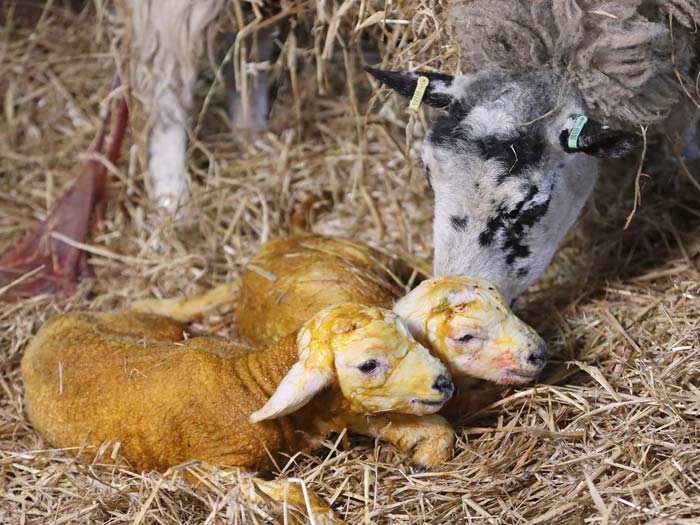
Lambing
March to May
Sheep farming can be demanding and one of the busiest times of the year is the lambing season.
First, ewes are brought in from the fields for pregnancy scanning, which is usually carried out by a trained contractor. They are then sorted into lambing groups depending on the number of lambs they are expecting.
This helps the farmer make sure they are getting the right diet for their needs. Ewes will also be vaccinated and receive a general health check.
Ewes are lambed indoors or outdoors, depending on their breed. Some will give birth unaided, while others will need support from the farmer. This is a 24-hours-a-day job – as such, staff on a sheep farm might work on rotation to provide cover day and night.
In April, the ewes and lambs will be put back out to pasture, but farmers will need to keep an eye on their flock as young lambs are vulnerable to predators, such as crows and foxes.
First, ewes are brought in from the fields for pregnancy scanning, which is usually carried out by a trained contractor. They are then sorted into lambing groups depending on the number of lambs they are expecting.
This helps the farmer make sure they are getting the right diet for their needs. Ewes will also be vaccinated and receive a general health check.
Ewes are lambed indoors or outdoors, depending on their breed. Some will give birth unaided, while others will need support from the farmer. This is a 24-hours-a-day job – as such, staff on a sheep farm might work on rotation to provide cover day and night.
In April, the ewes and lambs will be put back out to pasture, but farmers will need to keep an eye on their flock as young lambs are vulnerable to predators, such as crows and foxes.


Cattle grazing season
March to May
Beef farmers graze their cattle to fatten the animals, while for dairy farmers milk production is the aim. Farmers need to prepare their grazing pastures, often spreading fertiliser in early spring to give grass a boost.
Once the weather warms up, cattle will be taken back to the fields from the barns where they'll have spent the winter, feeding on hay and silage. This type of fodder is made from green crops, and growing, collecting and storing it is a year-round job for the farmer.
On some farms, cattle are left to graze the same area for a long period of time. This is called continuous grazing. On other farms, fields are divided into fenced-off paddocks, with cattle allowed to graze each one for a set amount of time before being moved to the next one. This is called is called rotational or mob grazing. It gives the grass time to recover and rejuvenate and can also improve soil health.
Once the weather warms up, cattle will be taken back to the fields from the barns where they'll have spent the winter, feeding on hay and silage. This type of fodder is made from green crops, and growing, collecting and storing it is a year-round job for the farmer.
On some farms, cattle are left to graze the same area for a long period of time. This is called continuous grazing. On other farms, fields are divided into fenced-off paddocks, with cattle allowed to graze each one for a set amount of time before being moved to the next one. This is called is called rotational or mob grazing. It gives the grass time to recover and rejuvenate and can also improve soil health.

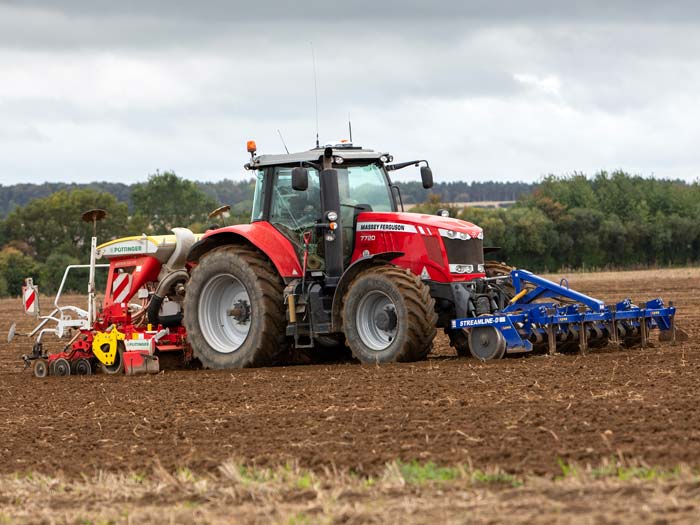
Crop cultivation
March to September
Farmers spend a lot of time using different methods and machinery to prepare the fields for planting. In March, the first sugar beet is sown, a crop which is used in sugar production and as animal feed. This is followed in April by potatoes, oilseed rape, peas and beans. Crops are sown using machinery, such as seed drills.
Over the next few months, fertiliser and manure will be spread over the fields to help the crops grow, using machinery, such as spreaders, sprayers, discs or injectors. Crops also need to be watered, using specialised sprinklers and irrigation systems.
Disease, weed and pest control continues throughout the growing season and involves using chemicals, including herbicides to keep weeds down and insecticides to control bugs. However, there is an increasing emphasis on protecting the environment as well as ensuring high yields, so more natural controls are encouraged. These methods include predatory insects like ladybirds, while nest boxes encourage birds back to the farm.
Crops will ripen and be harvested at different times over summer and autumn.
Over the next few months, fertiliser and manure will be spread over the fields to help the crops grow, using machinery, such as spreaders, sprayers, discs or injectors. Crops also need to be watered, using specialised sprinklers and irrigation systems.
Disease, weed and pest control continues throughout the growing season and involves using chemicals, including herbicides to keep weeds down and insecticides to control bugs. However, there is an increasing emphasis on protecting the environment as well as ensuring high yields, so more natural controls are encouraged. These methods include predatory insects like ladybirds, while nest boxes encourage birds back to the farm.
Crops will ripen and be harvested at different times over summer and autumn.


Cereals harvest
June to October
The main cereal crops grown in England are wheat, oats and barley. Some crops, such as wheat, will be planted in winter, while others, including barley, are more commonly sown in spring.
By summer the crops will have ripened and the farmer will be regularly checking them for the best time to harvest. This is one of the busiest periods on an arable farm.
Huge specialist machines called combine harvesters move up and down the fields, cutting down the crops and separating the grain from the stalks. The grain is dried and stored before being sold and turned into flour and other foodstuffs, with some kept back for animal feed.
The stalks, or straw, are baled by the combine harvester and used as livestock feed, or simply ploughed into the ground to improve the soil.
No sooner has one year’s crop been harvested then the whole process begins again and fields will prepared for the next batch of seeds.
By summer the crops will have ripened and the farmer will be regularly checking them for the best time to harvest. This is one of the busiest periods on an arable farm.
Huge specialist machines called combine harvesters move up and down the fields, cutting down the crops and separating the grain from the stalks. The grain is dried and stored before being sold and turned into flour and other foodstuffs, with some kept back for animal feed.
The stalks, or straw, are baled by the combine harvester and used as livestock feed, or simply ploughed into the ground to improve the soil.
No sooner has one year’s crop been harvested then the whole process begins again and fields will prepared for the next batch of seeds.

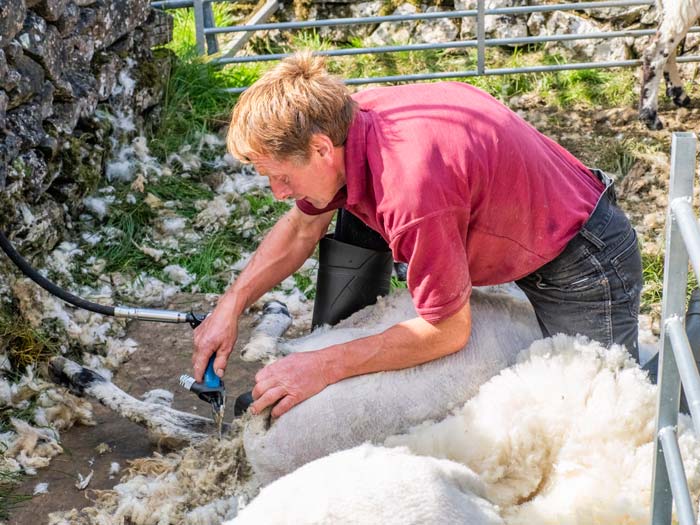
Sheep shearing
June to July
Sheep shearing is a skilled job and hard work. While some farmers carry out the work themselves, it’s more common to hire a shearing gang, who move from farm to farm during late spring and summer, often with their own custom-built shearing trailer.
Wool is of little value to the farmer, so the main reason to shear sheep is for their welfare. As well as stopping sheep from overheating, shearing prevents flies from laying eggs in their thick fleece.
Sheep will often get a medical check-up at this time of the year and will be put through a sheep dip about a month after shearing. This is a special chemical bath that helps to kill parasites.
Some farmers opt for newer breeds, such as Easycare sheep, which naturally sheds its fleece in summer and so doesn’t need shearing.
Wool is of little value to the farmer, so the main reason to shear sheep is for their welfare. As well as stopping sheep from overheating, shearing prevents flies from laying eggs in their thick fleece.
Sheep will often get a medical check-up at this time of the year and will be put through a sheep dip about a month after shearing. This is a special chemical bath that helps to kill parasites.
Some farmers opt for newer breeds, such as Easycare sheep, which naturally sheds its fleece in summer and so doesn’t need shearing.
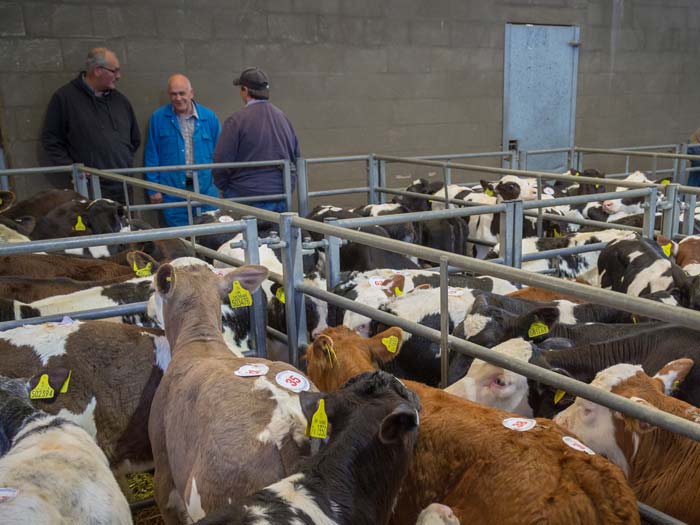
Livestock sales
Year-round
Many farmers rear livestock, such as cattle, sheep and pigs, for sale at special auctions which take place all year round across England. The markets are noisy, busy places, although some sales are also conducted online. Because there are no standard prices for a cow or a pig, the auctioneer plays an important role in making sure animals are sold at a fair price that suits both the buyer and seller.
Animals can be sold for breeding, for fattening prior to slaughter or to go straight to the abattoir or food processor. Buying and selling locally is encouraged as a way of helping to improve food security and transparency about where the food has come from.
To sell livestock, farmers need to comply with a lot of legislation around animal welfare and how they are moved.
Animals can be sold for breeding, for fattening prior to slaughter or to go straight to the abattoir or food processor. Buying and selling locally is encouraged as a way of helping to improve food security and transparency about where the food has come from.
To sell livestock, farmers need to comply with a lot of legislation around animal welfare and how they are moved.

Find out more about the industry
For more information on the different sectors in farming and growing, plus a look at the main areas of agriculture and horticulture in the eight productive regions of England, head to our About the industry page.
And you can take a get a feel for the diverse range of job opportunities available in farming and growing by looking through our job profiles.
We look at how farming and growing varies across England, and provide introductions to the different sectors of agriculture and horticulture.
Get a better feel for the wide range of jobs on offer in farming and growing by looking through our job profiles. These cover the main responsibilities, skills and salaries of all kinds of roles.
